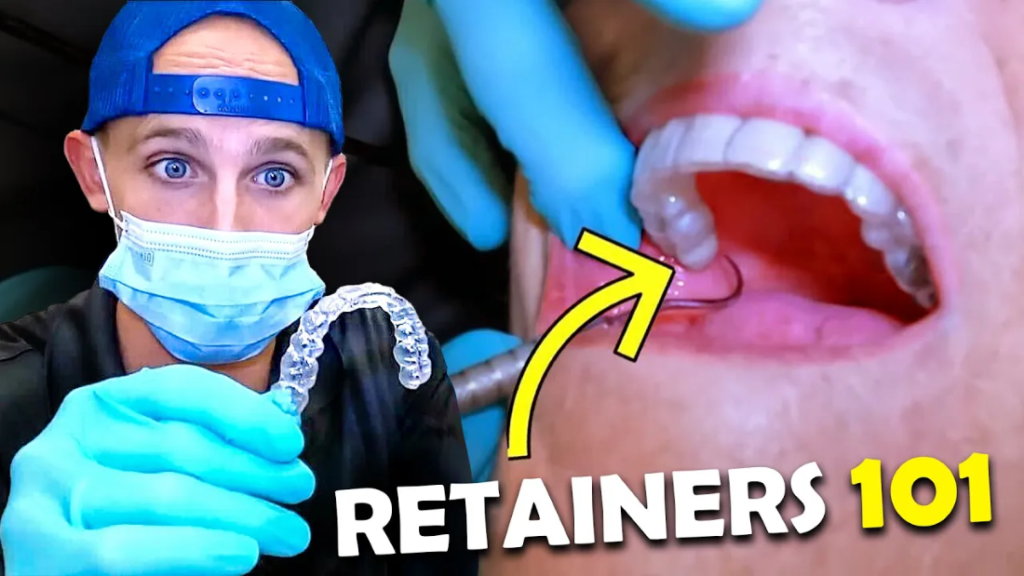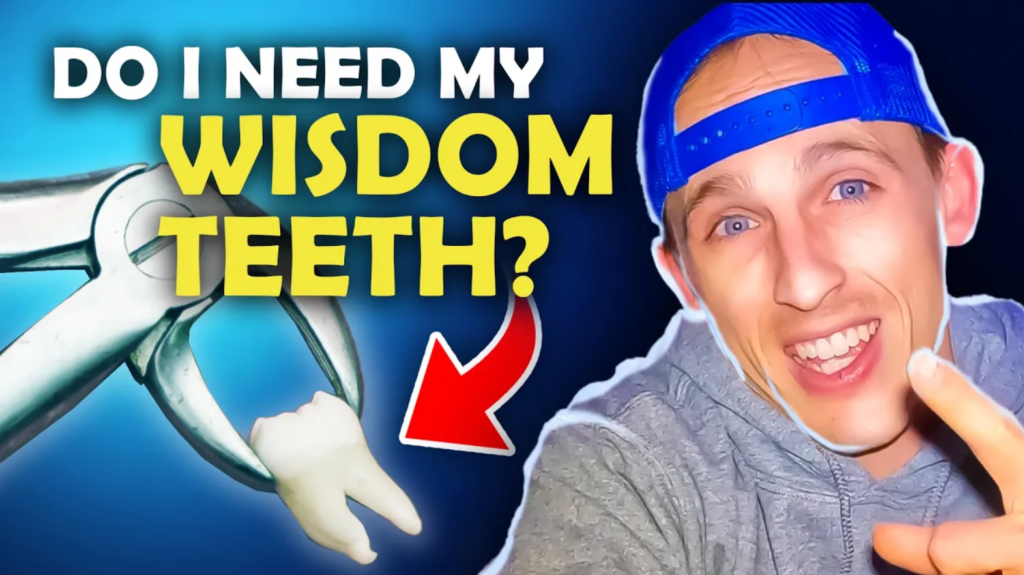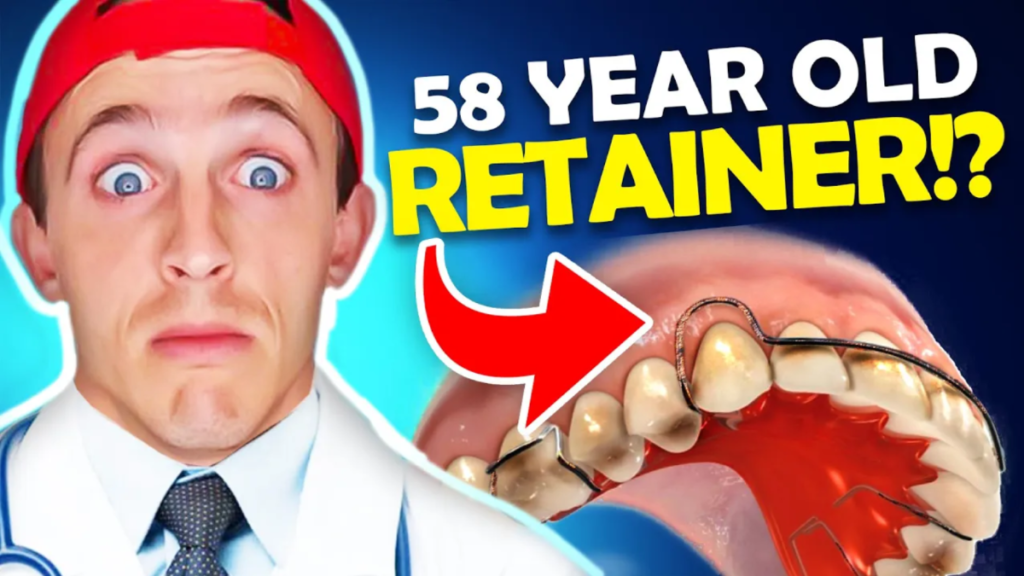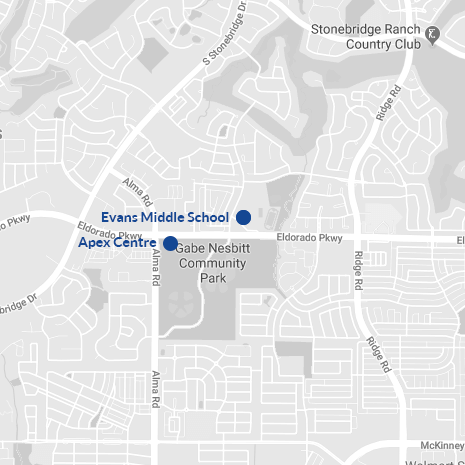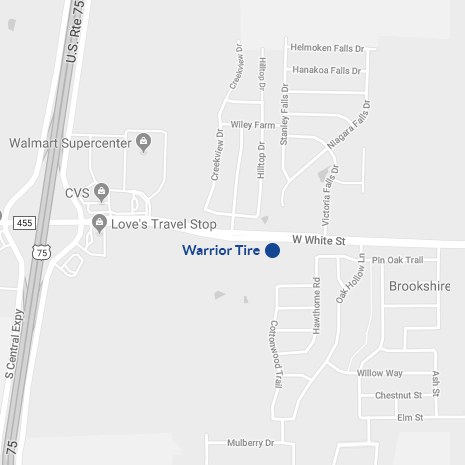Deciding Between Hawley and Clear Retainers: Retainers 101
March 6th, 2024
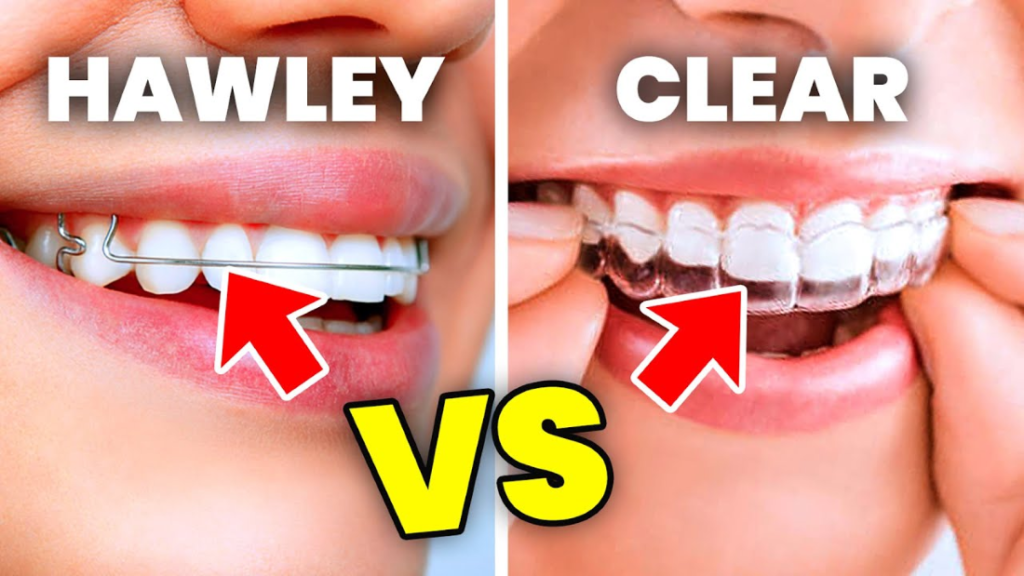
Are you nearing the end of your orthodontic treatment journey and wondering which type of retainer is right for you? At Packard Family Orthodontics, serving McKinney and Anna, Texas, we understand the importance of selecting the most suitable retainer to maintain your newly aligned smile. In this guide, we'll explore the differences between Hawley and Clear retainers, helping you make an informed decision about which option best fits your needs.
Understanding Retainers 101: Hawley vs. Clear
Before we delve into the specifics of each type of retainer, let's briefly discuss what retainers are and why they're essential after orthodontic treatment.
Retainers: Retainers are custom-made dental appliances designed to hold teeth in their new positions after braces or other orthodontic treatments. They prevent teeth from shifting back to their original positions and help maintain the results of orthodontic treatment.
Now, let's compare two common types of retainers: Hawley and Clear.
Hawley Retainers
1. Design: Hawley retainers consist of a durable acrylic base that sits against the roof of the mouth or along the bottom of the mouth. They feature a metal wire that wraps around the front teeth to hold them in place.
2. Adjustability: One advantage of Hawley retainers is that they are adjustable. Orthodontists can make minor adjustments to the wire to ensure optimal retention and comfort.
3. Durability: Hawley retainers are known for their durability and longevity. With proper care, they can last for several years.
4. Visibility: Hawley retainers are visible when worn, as the metal wire is noticeable against the teeth. Some patients may prefer a more discreet option.
Clear Retainers
1. Material: Clear retainers, also known as Essix retainers, are made of transparent plastic material. They are custom-fitted to the contours of the teeth, providing a snug and comfortable fit.
2. Aesthetics: Clear retainers are virtually invisible when worn, making them a popular choice among patients who prioritize aesthetics.
3. Comfort: Clear retainers tend to be more comfortable than Hawley retainers, as they do not have any metal components that may cause irritation or discomfort.
4. Maintenance: Clear retainers require regular cleaning to prevent discoloration and maintain transparency. They are also more susceptible to damage if not handled with care.
Choosing the Right Retainer for You
When deciding between Hawley and Clear retainers, consider the following factors:
- Visibility Preference: Do you prefer a retainer that is discreet (Clear) or don't mind a slightly more visible option (Hawley)?
- Comfort: Are you sensitive to metal components (consider Clear), or do you prioritize durability and adjustability (consider Hawley)?
- Maintenance: Are you willing to commit to regular cleaning and maintenance (Clear), or do you prefer a low-maintenance option (Hawley)?
The Bottom Line
In conclusion, both Hawley and Clear retainers offer unique advantages and considerations. At Packard Family Orthodontics, serving McKinney and Anna, Texas, we understand that choosing the right retainer is a personal decision based on individual preferences and needs. Our experienced orthodontic team is here to guide you through the selection process and provide customized solutions to help you maintain your beautiful smile for years to come. Book your consultation with Dr. Packard here!


